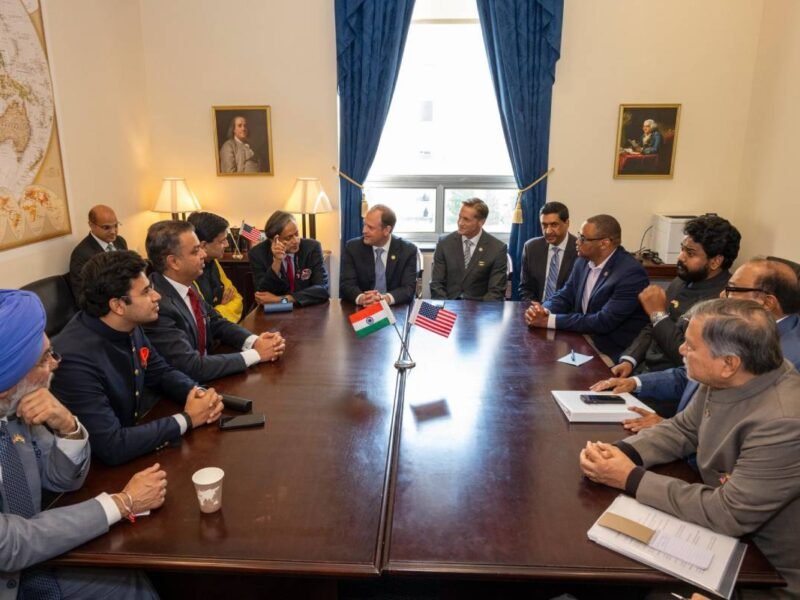
US To Fortify Defense Ties With India To Deter China: Pentagon
WASHINGTON, DC (ANI) – The Biden administration plans to advance its defense ties with India to enhance its ability to deter Chinese aggression and address gray zone coercion in areas such as disputed land borders, as per the US National Defense Strategy 2022 released on October 27.
This Congressionally mandated strategy review sets the strategic direction of the Department to support US national security priorities and flows directly from President Biden’s National Security Strategy.
“The Department will advance our Major Defense Partnership with India to enhance its ability to deter PCR (People’s Republic of China) aggression and ensure free and open access to the Indian Ocean region,” the document read.
It states that China presents the most consequential and systemic challenge, while Russia poses acute threats to vital US national interests abroad and to the homeland.
“The most comprehensive and serious challenge to US national security is the PRC’s coercive and increasingly aggressive endeavor to refashion the Indo-Pacific region and the international system to suit its interests and authoritarian preferences,” the document adds.
Regarding the Indo-Pacific Region, it says “The Department will also support Ally and partner efforts, in accordance with US policy and international law, to address acute forms of gray zone coercion from the PRC’s campaigns to establish control over the East China Sea, Taiwan Strait, South China Sea, and disputed land borders such as with India.”
The National Defense Strategy includes the Nuclear Posture Review (NPR) and the Missile Defense Review. The Nuclear Posture Review, which has outlined the course of action for the Pentagon, is a legislatively mandated review that describes US nuclear strategy, policy, posture, and forces.
The Nuclear Posture Review reaffirms that the key role of US nukes is to deter nuclear attacks on the country and its partners.
The Missile Defense Review is a review conducted pursuant to the President and the Secretary of Defense guidance, while also addressing the legislative requirement to assess US missile defense policy and strategy.




